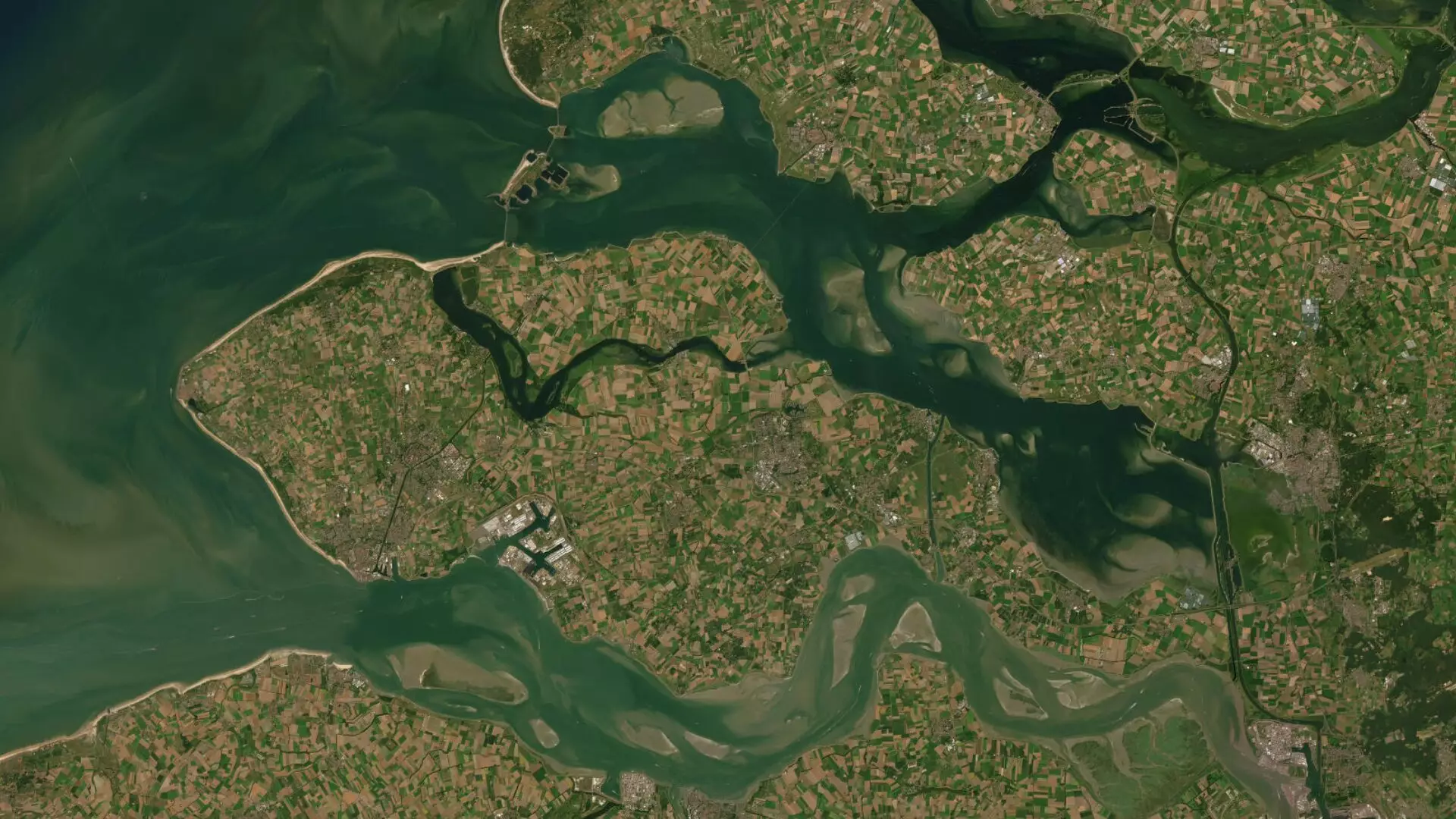Maintaining the health and vitality of intertidal areas and salt marshes is vital for the future of our coasts, according to a recent study published in Nature Geoscience by a team of Dutch-Chinese researchers. The research conducted by NIOZ researcher Tim Grandjean highlights the necessity of turbid water for the growth and preservation of these natural landscapes beyond the dikes. The study indicates that the turbidity of water plays a critical role in allowing intertidal areas to thrive, as it brings more sand and silt particles that contribute to coast growth.
Grandjean’s research suggests that the turbidity of coastal waters has been decreasing globally over the years, putting intertidal areas at risk of erosion and loss. With rising sea levels, it has become even more essential for water to maintain a certain level of turbidity to sustain tidal flats. This decline in turbidity poses a threat to biodiversity and coastal safety, as intertidal areas serve as important foraging grounds for birds and contribute to wave attenuation.
Human activities, such as the construction of large dams like the Three Gorges Dam on the Yangtze River and storm surge barriers like the one in the Oosterschelde in the Netherlands, have significantly reduced sediment supply downstream. This reduction in sediment flow hinders the natural replenishment of intertidal zones, leading to erosion and loss of these vital coastal protection areas. Grandjean suggests that finding a balance between nature conservation and coastal protection is crucial for safeguarding these ecosystems in the long term.
In addition to long-term impacts, Grandjean’s research also sheds light on the short-term vulnerability of intertidal areas. Using innovative sensors developed at NIOZ workshops, precise measurements were collected to understand the dynamics of intertidal zones. These measurements reveal the significant fluctuations in height within a single day, highlighting the sensitivity of these ecosystems to changes in water levels.
The construction of groins along coastal areas, such as those in the Westerschelde, can help reduce the dynamics of intertidal zones and provide a more stable environment for benthic life to thrive. By creating areas with reduced flow between groins, the stability of intertidal coastal areas could potentially be improved, offering a solution to mitigate the effects of rising sea levels. Further research is needed to fully understand the impact of these measures on coastal ecosystems and to develop sustainable strategies for their protection.
The importance of turbidity in maintaining coastal ecosystems cannot be understated. As we face challenges such as rising sea levels and human interventions that threaten the health of intertidal areas, it is essential to prioritize the preservation of these natural landscapes for the future. By rethinking our approaches to coastal management and finding a balance between conservation and protection, we can ensure the resilience and sustainability of our coasts for generations to come.


Leave a Reply